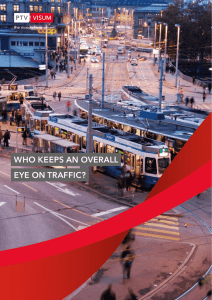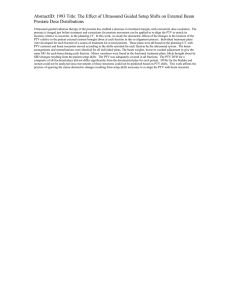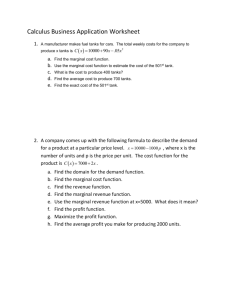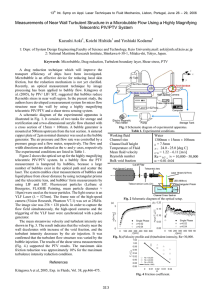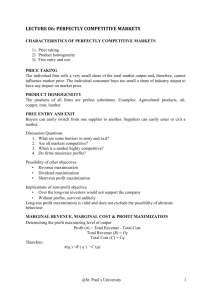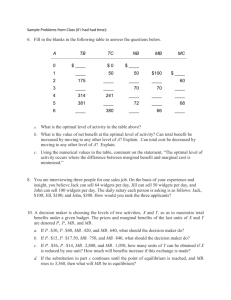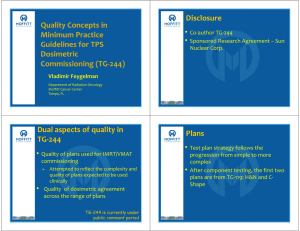Marginal Analysis & Optimal Decisions: Chapter Summary
advertisement
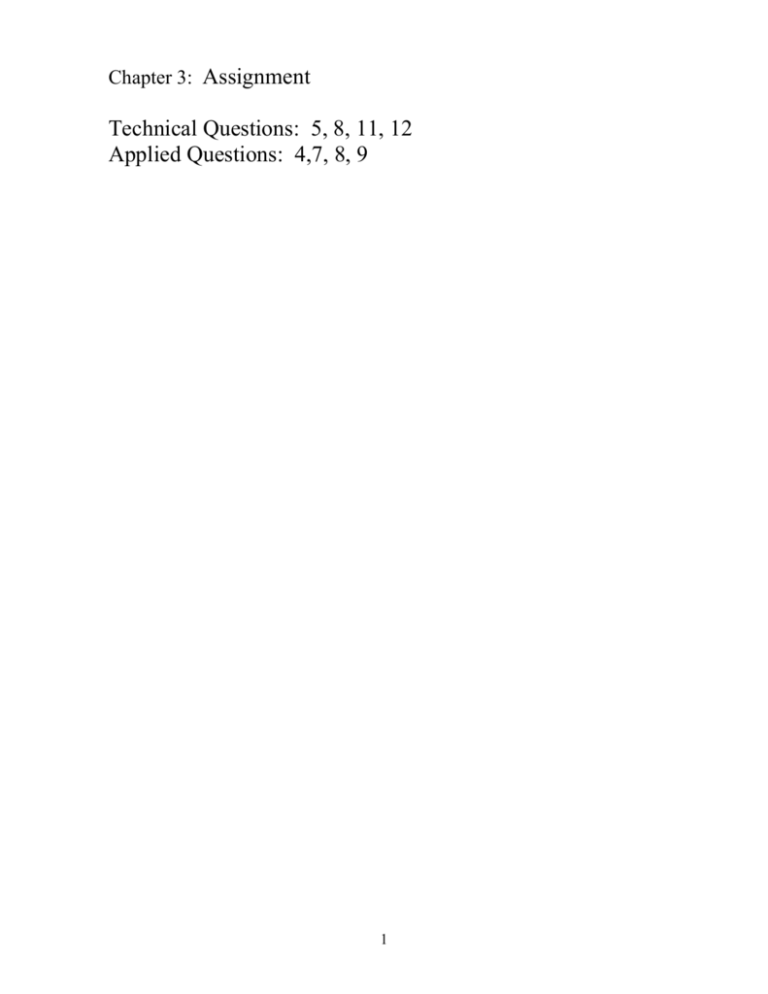
Chapter 3: Assignment Technical Questions: 5, 8, 11, 12 Applied Questions: 4,7, 8, 9 1 CHAPTER 3: MARGINAL ANALYSIS FOR OPTIMAL DECISIONS I. DEFINITIONS. A. Objective function: The function that the decision maker seeks to maximize or minimize. Examples: a) Consumers attempt to maximize satisfaction. b) Managers of a business firm attempt to maximize profits. c) Production manager might attempt to minimize costs for a given level of production. 2 B. Activities or choice variables. 1) Choice variables are variables that determine the value of the objective function. 2) Examples a) Objective function Q = f (L, K) 1. L and K are the choice variables. 2. Managers will choose the combination of L and K that minimizes cost. b) Objective function U = f (X, Y) Consumers will choose the amount of X and Y that maximizes satisfaction. c) π = f (Q) 3) Discrete Choice Variable: A variable that can take only specific integer values. 3 4) Continuous Choice Variables: A variable that can take on any value between two end points. C. Marginal Analysis: An analytical tool for solving optimization problems that involves changing the value of the choice variables by a small amount to see if the objective function can be further increased or decreased. 4 II. UNCONSTRAINED MAXIMIZATION: A. Defined: The decision maker can choose the level of the activity from an unrestricted set of values. B. Example: With a discrete choice variable. 1) NB= TB-TC MB = ΔTB ΔA ΔTC MC = ΔA 2) Rule: Increase activity as long as MB > MC. That will ensure reaching the optimal level of the activity. 3) Hypothetical Example: Table 3.2 5 C. Example: With a continuous choice variable. 1) Rule: To maximize total benefit, go to the point where marginal benefit equals marginal cost. 2) Hypothetical Example: Figure 3.1 & 3.2 3) Economic Example: Applied Question 8 D. Irrelevance of sunk costs or fixed costs. Sunk Costs: Costs that have previously been paid and cannot be recovered. Fixed Costs: Costs are constant and must be paid no matter what the level of the activity is. 6 III. CONSTRAINED OPTIMIZATION. A. Defined: A decision maker (manager) must choose values for the choice variables from a restricted set of values. 1) Budgets limit the amount of labor & capital a manager can purchase 2) Consumers face budget constraints B. Rule MBA PA = MB B PB = MBc Pc MBn =….= Pn 7 C. Constrained Maximization Problem 1) Example: Optimal level of advertising expenditures on radio and TV advertisements. 2) Ptv ad = $400 Pradio ad = $300 3) Budget constraint = $2000 # of ads MBtv MBtv/Ptv 1 2 3 4 5 6 400 300 280 260 240 200 MB radio MB radio/P radio 1 0.75 0.70 0.65 0.60 0.50 360 270 240 225 150 120 Optimal Combination: MB TV ad MB Radio ad PTV ad = PRadio ad 8 1.20 0.90 0.80 0.75 0.50 0.40 4) How should manager reallocate budget if: MB TV ad MB Radio ad a) If PTV ad > PRadio ad MB TV ad MB Radio ad b) If PTV ad < PRadio ad D. Constrained Minimization Problem. Minimize total cost function subject to a constraint. 1. Manager must minimize the total cost of 3000 units of benefits involving two activities; (A and B) MB of last unit of A = 30 PA = 5 MB of last unit of B = 60 PB = 20 MBa Pa = 30/5 MBb Pb = 60/20 How should the budget be reallocated? 9
